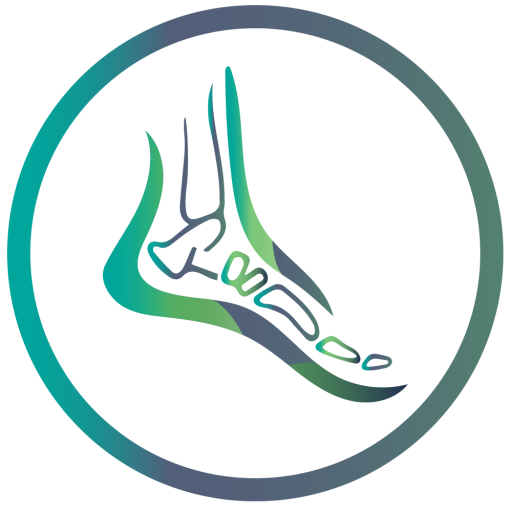08 Aug What are Orthotics?
Foot orthoses are in shoe-medical devices that are used throughout the world in the treatment of mechanically based musculoskeletal pathologies. During your consultation our podiatrists observe movements of the foot, lower limb, spine and pelvis and evaluate the interactions at play to determine if orthotic therapy is a recommended treatment.
Historically, they’re efficacy has been thought to be due to supporting, aligning or correcting the foot’s posture or deformity. A more up to date definition of the mechanism in which they produce there results is by altering forces that are transmitted to your muscles, tendons, ligaments and bones. Orthotics are designed to reduce stress in tissues, optimise foot function and improve the biomechanical action of the entire body system. They do this by manipulating the interface in which the foot contacts the ground. In certain instances these principles can be vital to addressing pain and dysfunction within the musculoskeletal system.
When prescribing an orthoses it is important that a full biomechanical assessment has been completed. Our podiatrists aim to accurately identify the injured structure/s, the functional characteristics of a person which may have contributed to an injury, and then design patient specific treatment plans aimed at addressing the identified causes which may include orthoses therapy.
Selecting an orthoses without regard to the particular injury or foot type at hand is as effective as selecting an antibiotic without regard to the causative pathogen. When prescribing orthoses it is important to consider the dysfunction and pathology of that patient’s specific injury. This allows the device to be more specifically constructed which will improve the overall effectiveness of the therapy.
A multitude of different variables need to be considered in the prescription of foot orthoses in order to correctly alter these forces transmitted through your body.
A few variables that are important in the prescription process;
- The surface geometry of the orthoses, the shape and contour of the orthotic
- The stiffness or flexibility in the materials used.
- The frictional characteristics of the orthoses (top cover selection)
These considerations assist in manipulating the foot-orthoses interface in a way that more adequately addresses the specific pathology and foot function at hand. This can be the difference between treatment success and treatment failure. Our podiatrists will recommend the best course of treatment whether that is a custom made orthoses or off the shelf orthoses.



No Comments